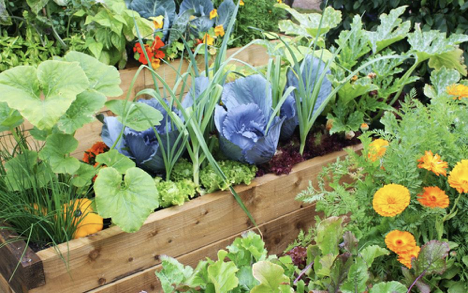
Growing your very own salad greens will make fresh ingredients accessible all year round.
Whether you’re a garden enthusiast or gourmet, the number of vegetables you can grow in your garden is only limited by the seeds you can get your hands on.
These nine types of vegetables are almost certain to succeed and – with one exception – all grow wonderfully in pots if you lack the garden space.
If you’re just starting in gardening, it’s better to save the more demanding candidates in the vegetable world, such as cabbage or eggplants, for later and start with simpler vegetables instead.
Radish
For example, these:
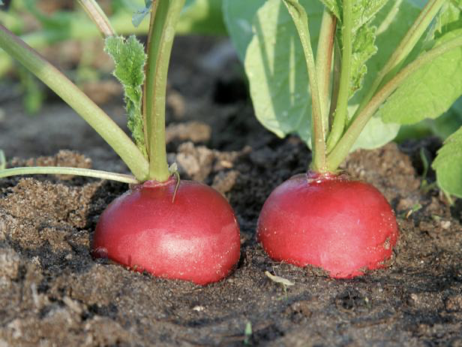
Radishes grow super fast. You can harvest them (depending on the variety) just three to four weeks after sowing. If you garden together with children, this is especially great, because you can quickly celebrate your first successes.
Radishes like to grow in partial shade. Otherwise, they are quite undemanding. You can plant them between other, slower growing vegetables without any problems. Before they really need the space, the radishes are already harvested. They are sown from March to September.
Jerusalem Artichoke
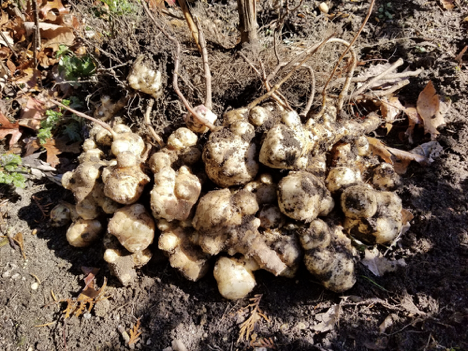
Do you know Jerusalem artichokes, those knobbly, insanely expensive tubers that are sometimes found in groceries and organic food stores? Jerusalem artichoke tastes like a mixture of kohlrabi, artichoke and potato and are said to be very healthy.
Growing Jerusalem Artichokes is absolutely not complicated. Jerusalem artichoke grows like a weed, even under bad conditions, and is also really pretty with its yellow flowers. We once planted a hedge of Jerusalem Artichoke and were able to harvest tubers all year round, even in winter.
But if you want to get rid of Jerusalem Artichoke, you have a problem. From each root piece, no matter how small, a plant develops again, and digging out all the roots is almost impossible. That is why it makes sense to dig a rhizome barrier along the edge of the bed to keep it in check. Or you can grow it in large tubs that work wonderfully as well.
Courgette
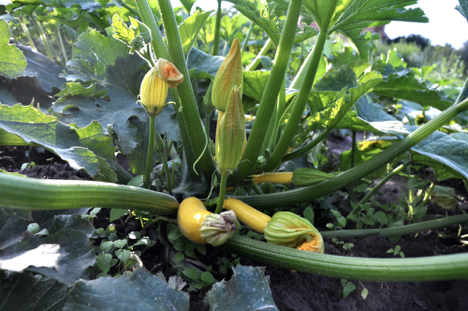
Courgette, also known as, zucchini is the only vegetable on my list that I would not grow in a pot. A zucchini plant needs an area of one square meter in the bed, that’s a lot of space. You’d need a decent bucket if you want to do justice to your zucchini plant growing on your balcony in a pot…
From a single plant, you can almost cover the zucchini needs of a small family. Courgettes need relatively well-fertilized soil.
The best time to grow a zucchini plant indoors is at the end of April, plant it outdoors in mid-May, and then sow another plant directly into the bed in mid-June. Courgettes are particularly susceptible to mildew, and if your first plant is affected, the second one will still be vital enough to continue producing lots of courgettes.
Swiss Chard
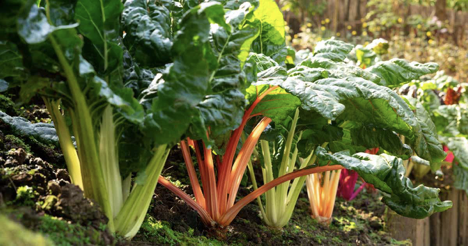
Swiss chard has never caused me any problems in the garden. Mangold is a super easy vegetable, and the colorful varieties with their pink, yellow, red, white, and orange stems are a real eye-catcher. 🙂 Chard can be harvested as early as eight to ten weeks after sowing, and if you leave the root intact, it will grow back again and again like lettuce.
The stem can be fermented and thus be preserved for the winter. In the first winter months, however, you can usually still harvest fresh chard in the garden, as it is reasonably frost hardy.
Beetroot
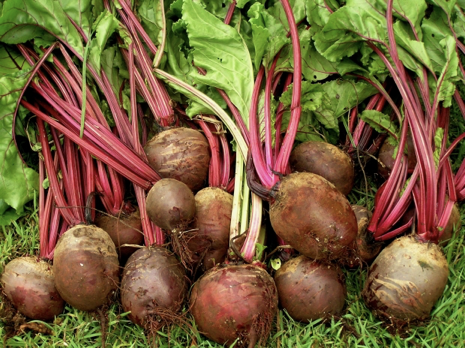
Another super easy to grow vegetable is beetroot. Not everyone likes it, but if you like beetroot, you should definitely grow some. 🙂
When harvesting, carefully turn off the leaves so that it doesn’t “bleed.” By the way, you can eat the leaves like spinach. They taste like chard, only stronger. Depending on how cold it gets in your area in winter, you can try to leave the plants in the bed for the winter and harvest them as needed.
You could also place beetroot in a container, put a layer of sand on top and store it for the winter. It’s an old, traditional storing method for root veggies.
Garlic
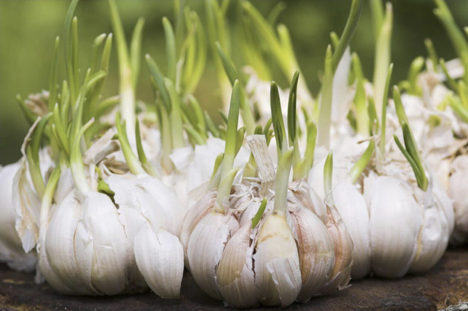
If you want to grow garlic, simply stick the cloves (garlic bulb) into the ground in autumn or spring and keep the bed reasonably weed-free, for example, with a mulch layer of wood chips. You can read this guide to learn more about lawnmowers with mulching capabilities to easily get the job done.
Maybe you can fertilize the garlic from time to time, especially if the tips of the leaves turn brown in early summer. By the way, it is better to stick the garlic in October than in spring, because then it has more time to form thick tubers.
Garlic and strawberries are great for growing as a mixed crop. The strawberry plants shade the soil and keep it free of weeds, and the garlic can grow upwards between them and protects them from fungal diseases.
Onions
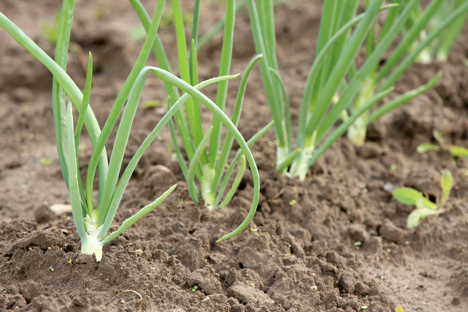
Growing onions as bulbs are almost as easy as growing garlic. Just buy a net of bulbs and put them in the ground. As soon as the onions are 4 inches high, you can cover the ground with wood chips to stop the weeds from growing.
You can also sow onion seeds, but bulbs are less complicated and have a growth advantage of several weeks.
—
About the author: Matt Jonas
Matt has been an organic gardener and a florist for 20 years.
